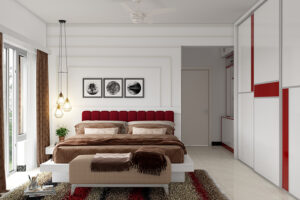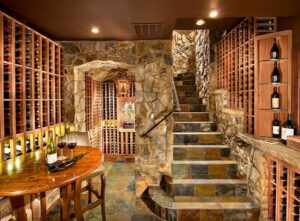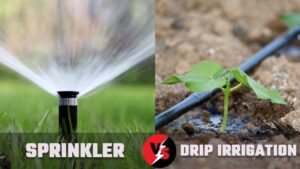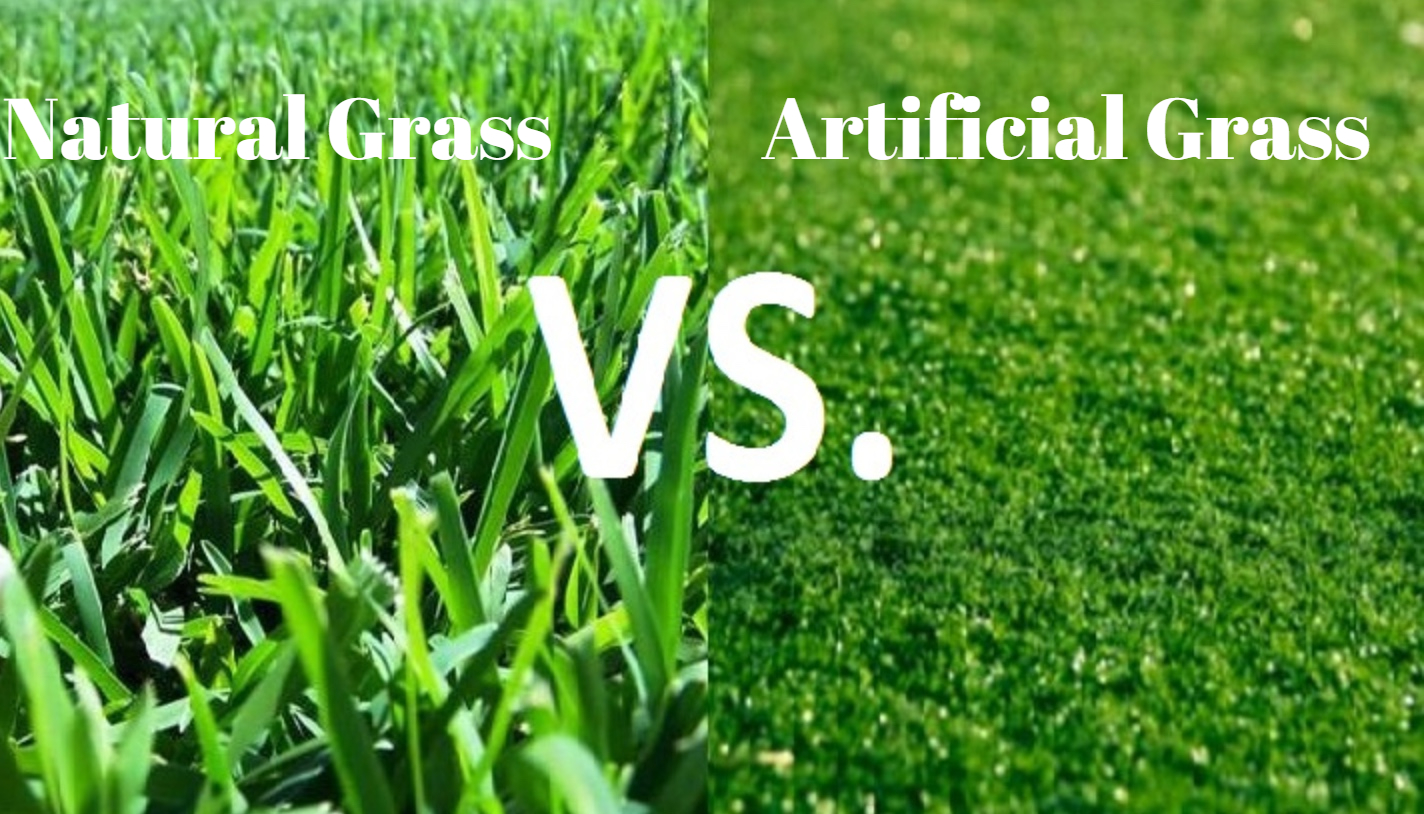
Do you have a space in the garden, and have you ever considered installing a small green area? Can you tell which type of lawn is the most suitable for you?
In gardens, the grass is a fundamental part, both at a decorative and functional level. The correct choice of the type of lawn will depend on many factors. Among those that are most important are time and financial cost.
Natural or artificial? Each has both advantages and disadvantages. In this article, you will know both the pros and cons of each of them. A wise decision depends on the uses that you are going to give the lawn.
Questions to Ask Yourself
First of all, the most important thing is to ask yourself some questions about the space itself and the use of the garden.
- In what area are you going to install the lawn? Is it a regular or uneven surface? Is the weather cold or hot? Is my lawn area struggling with a lack of airflow, light, or shade?
- Who are we in the family unit? Are there children at home? Do I have any pets?
- What other elements exist in the garden? Is there a pool? What about the barbecue?
- What is my budget? How much can I spend annually on maintenance? Do I have time to maintain the lawn myself?
We must previously consider these types of questions before making any choice. The decision will be much easier once you know what you want your lawn space to be!
Natural Grass
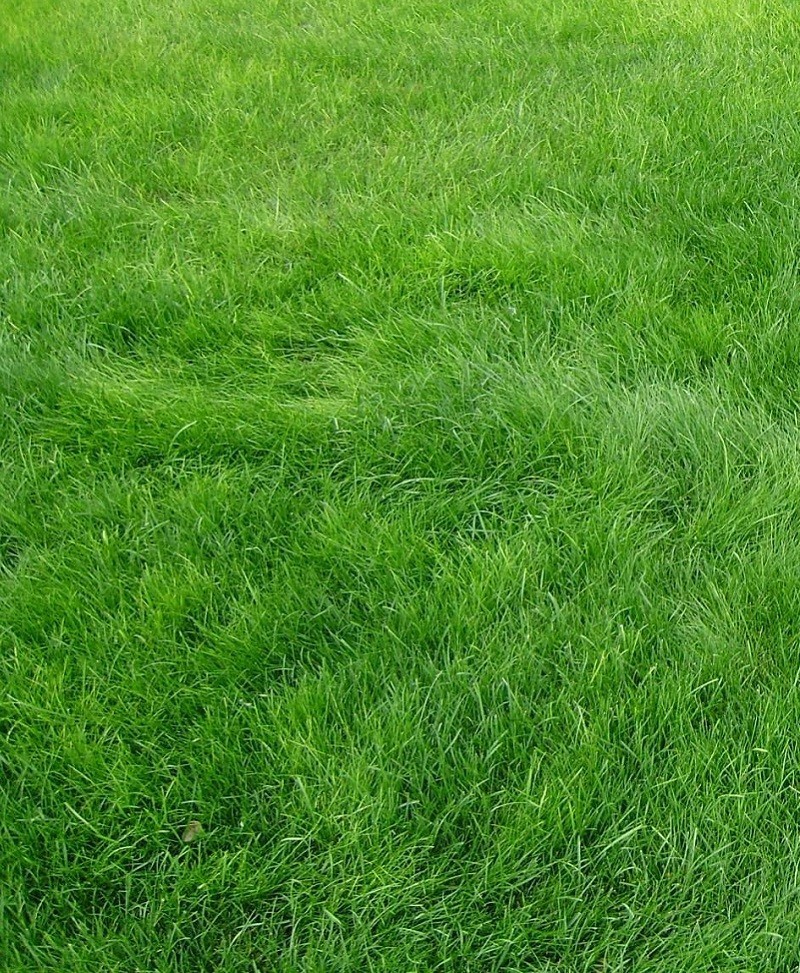
We start talking about natural grass and the advantages and disadvantages that make us opt for it, or not, compared to artificial grass. These are:
Appearance
Natural grass has an aspect that has nothing to do with touch or smell, although it can imitate artificial grass.
On the other hand, natural grass always feels fresh, and although the artificial one may imitate its finish well, the truth is that lying on natural grass is like doing it on a nature bed.
Maintenance
Of course, a natural lawn requires a series of treatments to keep it in optimal conditions: periodic mowing, eradication of weeds, fertilization of the soil, control of the presence of pests and fungi, frequent watering, etc. All aspects take time and effort and make natural grass quite expensive to keep in excellent condition.
Spending
There is also the economic question, which refers to the purchase of fertilizers and fertilizers and the greater water consumption without neglecting lower costs such as lawnmowers. These good housekeeping practices make natural grass surfaces logically more expensive than synthetic grass surfaces.
Installation
But on the other hand, natural grass can be installed only on natural surfaces and is done by laying rolls or clods, portions of land with natural grass arranged on the ground, but we can also do it with a uniform sowing of grass seeds.
Pros
- It is pleasant to the touch, as it provides a soft and comfortable surface.
- It dissipates heat, so it cools the environment.
- Various studies have shown that green spaces improve well-being and reduce stress.
- It has good levels of absorption of both pollution and noise.
- It helps the general ecological composition of the environment.
- The economic cost of its installation is much lower than that of artificial grass.
Cons
- You have to dedicate time (especially in summer) to maintain the green space. Weeding, mowing, and feeding will have to be done regularly if a neat lawn is desired.
- Maintenance implies an economical cost in equipment and products for the lawn.
- It does not support heavy traffic. If you are going to have a party in the summer or a meeting with friends in this space, it will need more attention after said event.
Artificial Grass
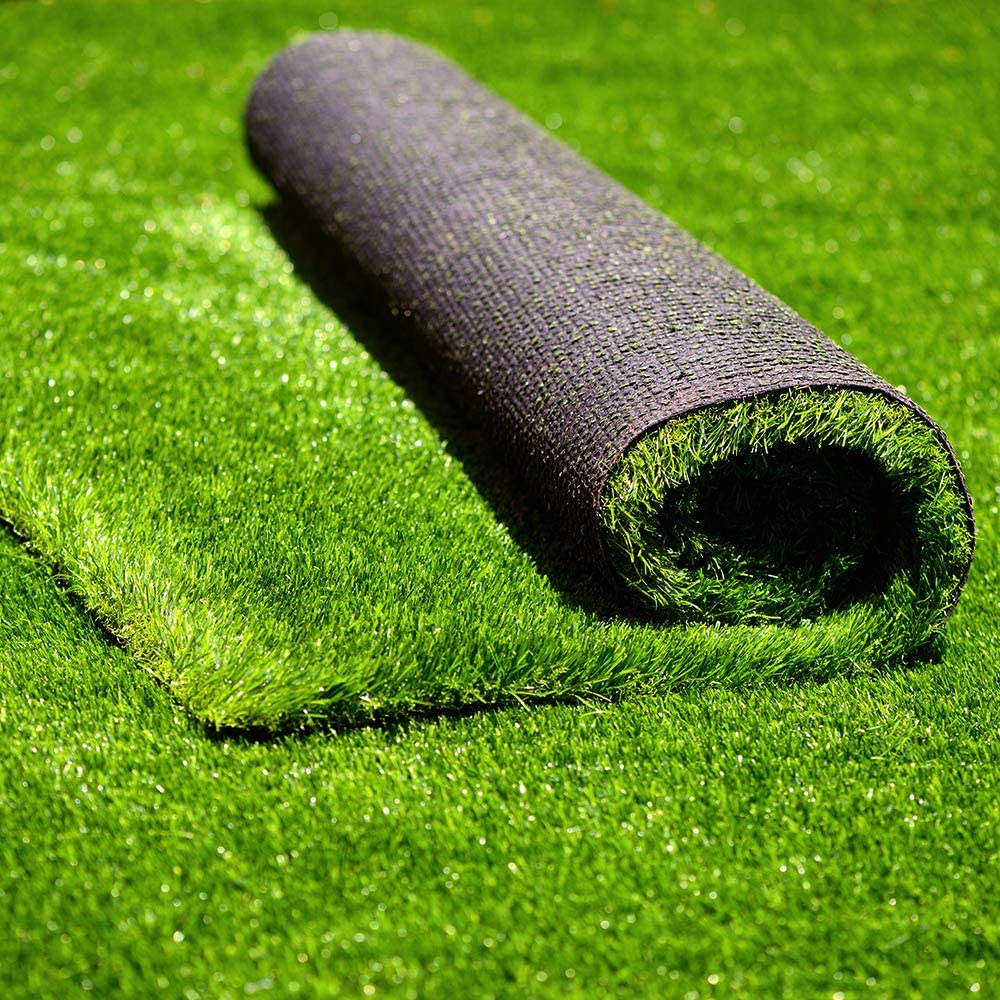
After seeing the advantages of natural grass, let’s see what happens concerning artificial grass.
Visual Effect
On the other hand, the visual effect is worth mentioning since artificial grass is exceptionally realistic. If we do not touch it, we can say that it is without a doubt natural grass.
Functionality
Artificial grass is far more functional than natural grass thanks to the constant absence of dirt and mud, together with the total lack of insects that guarantee the usability of the grass daily, especially for children with any weather condition and at any time of the year.
It should be noted that synthetic grass can also be installed in open spaces already cemented or paved.
Pros
- It does not require frequent maintenance tasks such as mowing, watering, or fertilizing to look its best, saving time and effort.
- If there are animals in the house that make use of the lawn, of course, they will stain it. It can be cleaned relatively easily using a hose, unlike natural grass.
- It can withstand high levels of foot traffic.
- If you have a small garden, artificial grass can be an ideal solution for installing grass. You will not need a lawnmower or any maintenance material that takes up a lot of space.
- It represents a substantial saving of water. Naturally, it needs water to stay clean and settled, but far less than natural grass.
- It can be installed on any terrain, whether it is a soft or hard surface.
Cons
- Artificial grass is more expensive to install than natural grass. In addition, it requires a professional installation. The first thing to do is remove the weeds and roots from the ground. It is then filled with a mixture of gravel and sand that facilitates the filtration of water. The process concludes by placing the grass on the level ground and abundantly watering it to settle.
- It needs minimal maintenance to avoid some problems. In addition to periodic washing and brushing, especially if we share our house with a pet. It does not happen with the natural one since the residues decompose organically and incorporate into the substrate.
- Stepping on artificial grass in full sun in summer can cause burns to the sole. Natural grass perspires, but this is not the case with the synthetic fibers made by artificial grass. These retain much more heat.
- Not very suitable for sloping surfaces, unfortunately. On a slope, it isn’t elementary to anchor strong enough. In addition, the sand base will gradually fall downwards.
Weigh the pros and cons of what each one offers. As we said at the beginning, take into account the uses that you are going to give it and the space, your dedication time, or your economy.
Nowadays, many people use artificial grass as a decorative element in small spaces: terraces, balconies, attics, and even indoors. It is also common to find it in busy areas. And it does not clash in a garden with natural flowers and trees. The latest generation products are 100% recyclable; on the contrary, their manufacture is not always sustainable.
